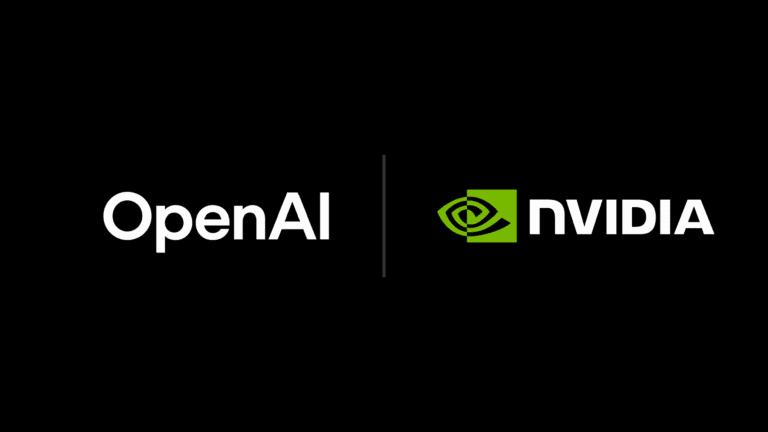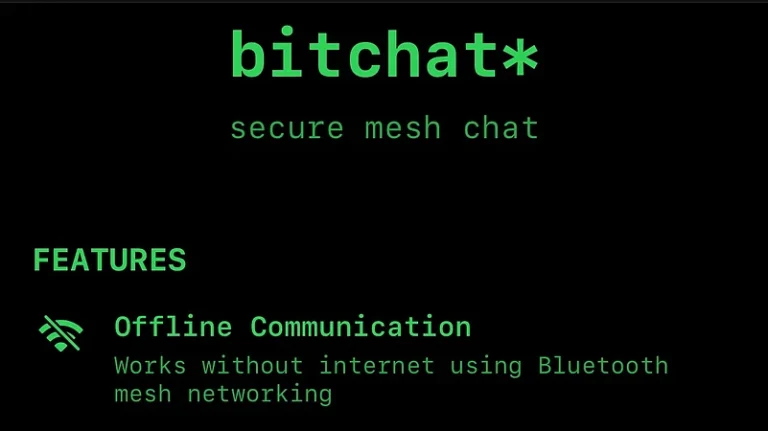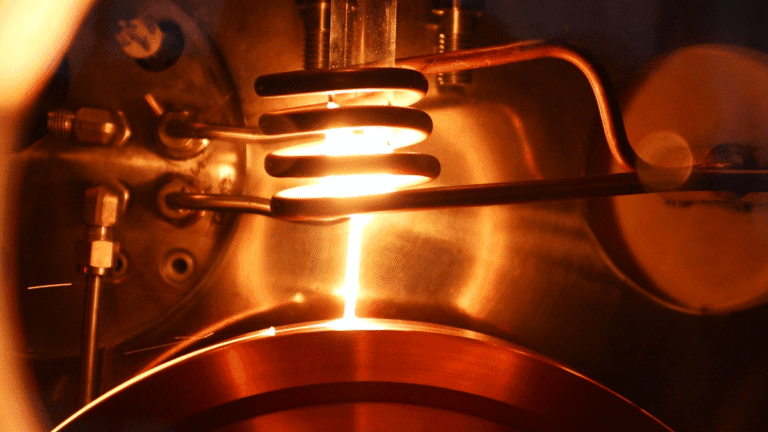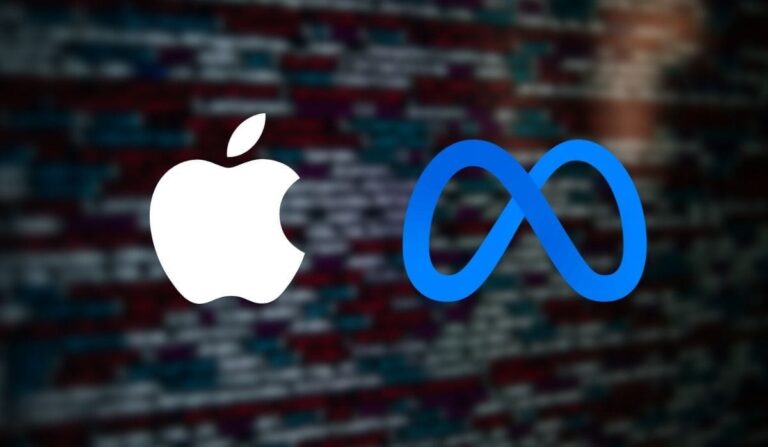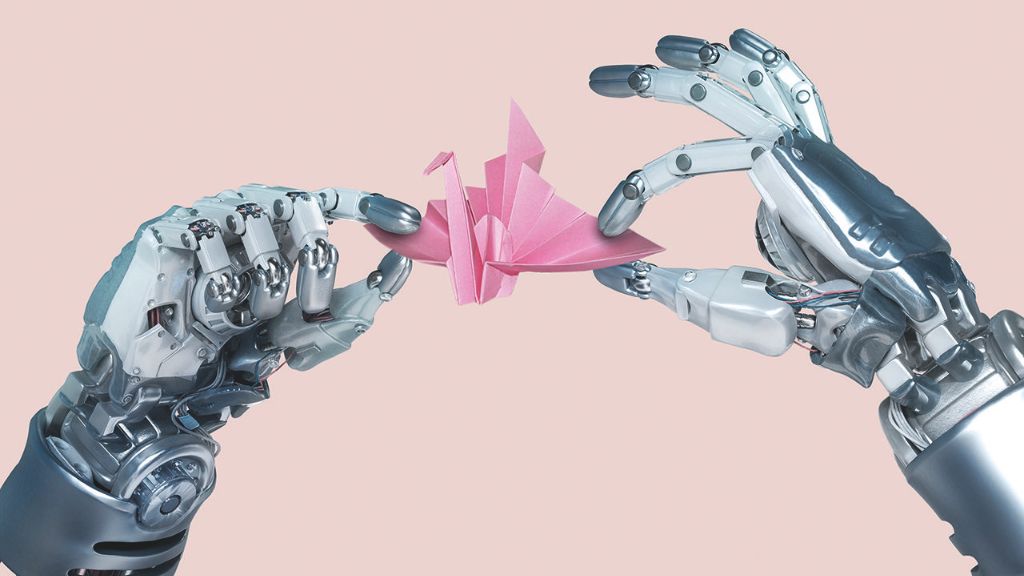
In recent years, Artificial Intelligence (AI) has made significant strides in fields that once seemed exclusively human, such as art, music, and storytelling. From generating lifelike paintings to composing symphonies and crafting compelling stories, AI’s creative capabilities have left many wondering: Will AI replace human creativity?
This thought-provoking question is reshaping our understanding of what it means to be creative. Let’s dive into the artistic side of AI and explore whether machines can truly rival human ingenuity.
The Rise of AI in Creative Fields
AI is no longer confined to data analysis or number crunching—it has entered the artistic realm with projects that amaze and provoke. For example:
- Visual Art: AI tools like DALL·E and MidJourney create stunning, hyper-realistic images based on simple text prompts.
- Music Composition: Applications like AIVA compose original music in various genres, including classical and pop.
- Writing: GPT models are now crafting essays, screenplays, and even poetry that feels human-like.
These advances show that AI can mimic artistic processes, but is it true creativity?
Can Machines Be Truly Creative?
Creativity is more than generating something new; it’s about expressing emotion, solving problems uniquely, and evoking human connection. While AI can analyze patterns and reproduce styles, it lacks:
- Emotional Depth: Machines don’t feel joy, sorrow, or inspiration. Their output, however impressive, is devoid of personal experience.
- Intent and Purpose: Human creators have intentions and stories behind their work. AI-generated art lacks this underlying narrative.
For now, AI creativity remains a simulation of human creativity—a tool that enhances, not replaces, human artistry.
The Role of AI in Enhancing Human Creativity
Rather than replacing creativity, AI acts as a collaborator, sparking new ideas and pushing the boundaries of what’s possible. Examples include:
- Personalized Creativity: Tools like Canva and Adobe’s AI-driven features enable amateurs to create professional-quality designs.
- Creative Problem-Solving: AI helps architects and designers test innovative concepts that would take years to refine manually.
- Hybrid Art Forms: Collaborations between AI and artists lead to unique works that combine human intuition with machine precision.
These tools empower humans to express themselves in ways previously unimaginable.
The Ethical Dilemmas of AI Art
Despite its benefits, AI in creative fields raises concerns:
- Copyright Issues: If AI learns from existing works, who owns the rights to its creations?
- Job Displacement: Will AI reduce opportunities for artists, writers, and musicians?
- Devaluation of Art: If anyone can create high-quality content with AI, will art lose its meaning or value?
These questions highlight the need for thoughtful regulation and ethical considerations as AI continues to evolve.
The Future: Collaboration, Not Replacement
While AI is advancing rapidly, it’s unlikely to replace human creativity entirely. Instead, the future points toward collaboration. AI can handle repetitive tasks, suggest new ideas, or provide tools to elevate human creativity, but the emotional and philosophical core of art will always remain uniquely human.
Final Thoughts
AI has undoubtedly revolutionized the way we approach creativity. It’s a powerful tool that inspires and assists, but it lacks the soul and authenticity that define human artistry. Rather than fearing AI’s encroachment on creativity, we should embrace its potential to enhance our imaginative endeavors.
After all, creativity isn’t a zero-sum game—it’s a collaborative journey between humans and machines, exploring the infinite possibilities of imagination.
What do you think? Is AI a threat to human creativity or a partner in expanding its horizons? Share your thoughts in the comments!
